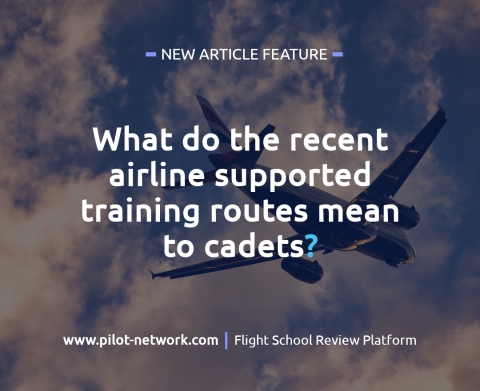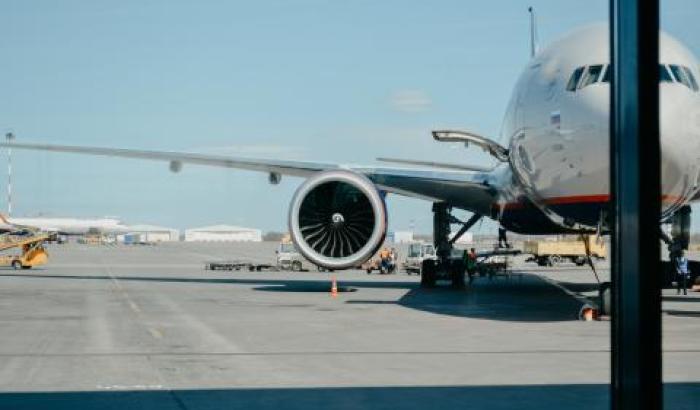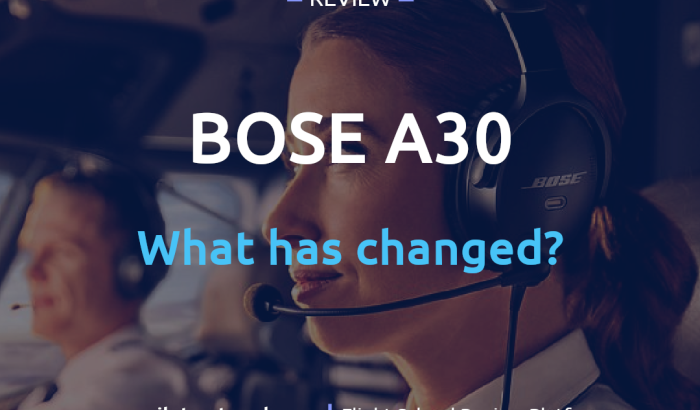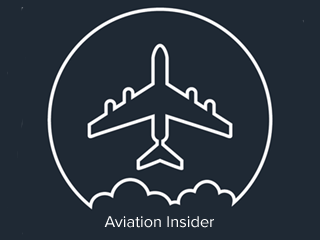
What do the recent Airline supported training routes mean for new cadets?
Over the last few months several airlines have started dipping their toes back into the cadet training programs where the upfront costs are covered for the student. This must be a win, win situation isn’t it? Well let’s look a little closer.
As flight crew demand rises airlines are getting increasingly desperate to fill the cockpit and with the situation unlikely to improve any time soon they are returning to some options that have been unavailable for some time. Fully funded training sounds fabulous, but as the sayings go, there is no such thing as a free dinner and if you are not paying you are not the customer!
So first let’s look at what these courses are from both sides of the equation.
For the airlines they want a guaranteed source of new First Officers coming through to them in a predictable way. This helps with personnel planning, rosters and budgeting. They get crew trained for their specific aircraft, to their own specific SOP’s and with the airline name running through them like a stick of rock.
For the students it means no up-front costs, predictable training time, a ‘relatively’ guaranteed job at the end and security of long term employment.
But, and it is a very big but. All of those good points can hide some down sides which you should take into consideration. The courses provided for these students are usually an MPL and will be carried out at one of a few selected flight training schools. That is great if the school is well reviewed here on Pilot Network, but this may not always be the case and your choice may be very restricted, or non-existent. The next problem is the MPL itself, which although it gets you up and flying commercially also has more restrictions than the equivalent ATPL. The MPL is tightly restricted to the airline you are joining and you do not have the option to fly for anybody else until at least 1500 hours at which point you can convert to an ATPL for which there is a cost. If the airline or school go bust, you are stuck in limbo with no license or no job.
Whilst you may not have to pay up front for your training the reality is that you will be paying somewhere along the line. The training is just as expensive as ever, so the airline will be having to stump up the cash. You will then have no choice to fly for them for at least a couple of years to get to 1500 hours and even then there may be restrictive financial covenants on you if you try to leave within a few years. The starting salary and ongoing salary is also likely to be much lower than you would be able to get if you had paid for your own training. This is how the airlines get their money back. When you join one of these schemes you really are signing up for the long game with the school and airline, so make sure you are happy with both.
For some people these schemes are the only realistic way of ever training to be a pilot and so should not be underestimated, but at the same time go into them with your eyes wide open. Ask lots of questions before you commit and always check the reviews here on Pilot Network for any schools that are being proposed.










